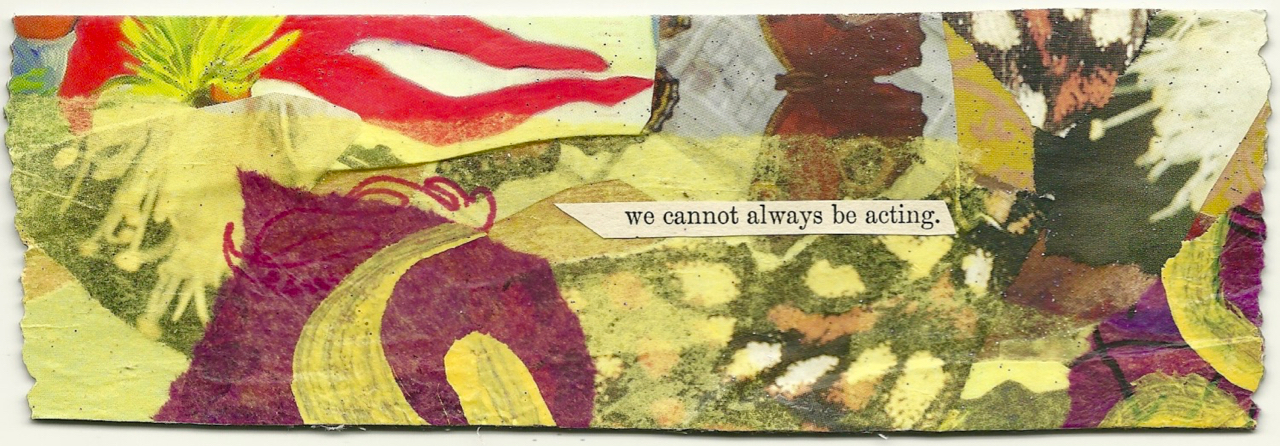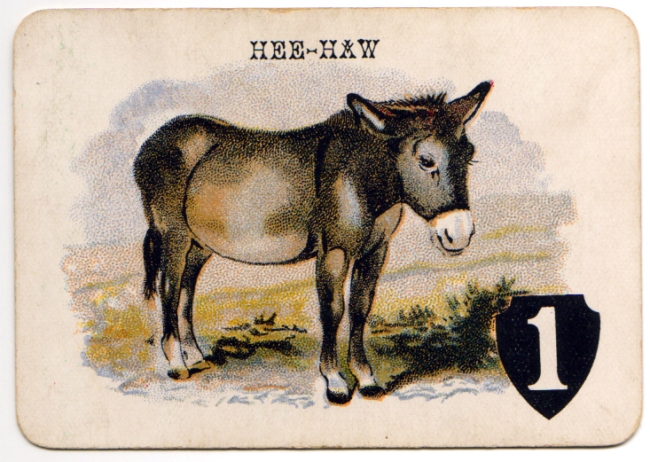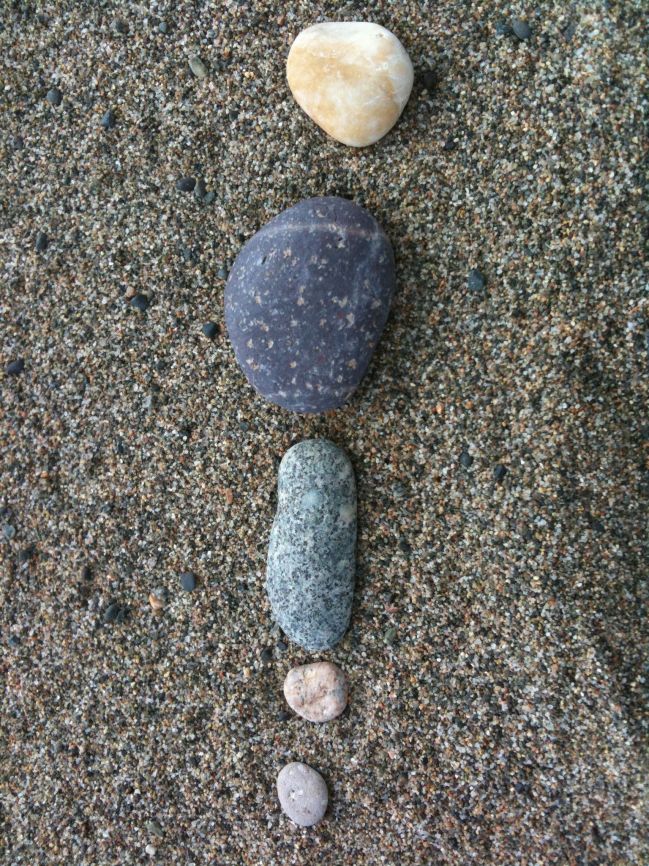In the first full week of the coronavirus pandemic arriving in Massachusetts, I witnessed friends, neighbors and clients willingly stop everything they were doing and stay at home to avoid spreading this disease to others.
For me, the week went down like a dance across melting ice floes, ushering in a dizzying progression of reactions to the coronavirus as it crept nearer. As a massage therapist, I was paying close attention, already feeling a shift: after my busiest January and February ever, March was eerily quiet.

Photo by Amanda King
On Monday, March 9, remarkable to me now, I had dinner with three beloved friends in Somerville, all aware we were taking some risks, honoring a monthly rhythm of twenty years of sharing food and art projects. We hugged good-bye, not sure when we would see each other next in person. On Tuesday, March 10, my inbox overflowed with alerts from massage practitioners, our vet, the pharmacy and restaurants, about how they were preparing for COVID-19, specifically citing CDC guidelines and outlining their handwashing and sanitizing practices. We would all have the cleanest doorknobs in history. On Wednesday March 11, I adhered to these practices when I saw two bodywork clients in my Salem office, who both wanted to come and weren’t afraid. I was vigilant, cleaning doorknobs, light switches, the teakettle handle and my phone, anything any one of us might touch. Was it enough? I had no idea and found myself growing rigid with worry that I might unknowingly put one of my clients in danger. It goes without saying that massage therapy or Zero Balancing, a hands-on technique offered through clothing that involves lifting and stretching the person on the table for at least 45 minutes, require touching another at close proximity, breathing the same air. These bodywork treatments are wellness interventions for stress, pain and injury, not treatments for patients with respiratory infections, as acupuncture or chiropractic may be. I could not, with so many unknowns about this virus, safely treat and guard the health of my clients or myself, many of whom are over 50, a named high risk group.
That evening, March 11, I happened to see an opinion piece in The Atlantic from the previous day entitled “Cancel Everything: Social Distancing is the Only Way to Stop the Coronovirus.” This was an inflection point for me. The reporter, Yascha Mounk, had unearthed data from the 1918 Spanish Influenza outbreak in the US. At that time the health commissioner of Philadelphia, “…allowed a huge parade to take place… some 200,000 people marched.” Later, over 12,000 people died in Philadelphia. By contrast, in St. Louis, “public-health commissioner … Max Starkloff decided to shut the city down. …he closed the city’s schools, bars, cinemas, and sporting events. Thanks to his bold and unpopular actions, the per capita fatality rate in St. Louis was half that of Philadelphia.”[1]
On Thursday, March 12 dawned a new collective mindset: cleaning doorknobs was so Wednesday. In my area north of Boston, the majority of bodyworkers I knew had shut down, many of us closing our doors days before the governor or our professional associations advised us to do so. That we had such paltry guidance from these organizations sparked many a Facebook rant, especially as colleagues across the country continued to work. (Friends in rural areas were clearly a few days behind us in greater Boston). For me, at this time, with so many unknowns, closing was essential, non-negotiable. Most bodywork practitioners, unless you had a stash for an emergency, did not have access to protective equipment. In mid-March, few gloves and no masks could be purchased in pharmacies or online. Hand sanitizer had been out of stock for weeks prior, and was being sold on a black market. Luckily, I had squirreled away a few bottles in my office and a few at home.
On Friday, March 13, I picked up my car from the mechanic, went home and have been there ever since. As of Monday, March 16, I emailed or phoned clients to let them know I had officially closed my practice. Around that time I was also about to cancel a gathering of Zero Balancing practitioners to be held at my house on March 18, when I realized we could and should still meet. I sent a Zoom video conference invitation to about 50 folks across New England. I knew my friends and colleagues, massage therapists, physical therapists, acupuncturists, psychotherapists, yoga instructors, and chiropractors would want to share what was happening to them and see how others were coping.
Soon after I closed, the stay at home order and six-foot rule was instituted in Massachusetts. Our world had imploded in the space of five days, as it had earlier in so many other regions.
The grace in this situation was, I was not alone. My colleagues and I—and the world at large—were in the same rudderless boat: no work and no income for the foreseeable future. Now what?
Watching the news, while essential for information gathering, did nothing to calm us. COVID-19 stories, some true, some not, spread on social media faster than the virus. As I looked forward to the March 18 Zoom call, I knew I could support my peers, despite my daily roller coaster of emotions, thanks to the practice of Zero Balancing (ZB), which has become my guidepost in life. ZB, a method of touching the body on bones to access and align both the physical and non-physical parts of the person, combines Eastern philosophy of energy and healing with Western anatomy and physiology. Like acupuncture, one of its foundations, ZB shares principles that are rooted in natural order and harmony and are reinforced when anyone studies ZB on a regular basis. This has given me something to lean on, allowing me to stay stable, present, connected and clear. These principles include valuing all others, honoring timing and flow, and accepting what is. Saying what you are going to do and doing it.
Ultimately, 23 people tuned in for the ZB Study Group Zoom meeting. Normally, when we meet in person, every other month at my house, 8 to 10 folks show up for chat, snacks, a quick lesson and hands-on practice. Many hadn’t used Zoom before and I logged on before our official start to help them connect, showing some a way to reach out to far flung family, friends and even clients. Each of us gazing at the checkerboard of faces on our screens, we took turns sharing how we were doing. One, a single parent, broke down in tears, mourning her lost practice, having no idea how she would support her family. Several others were holed up with partners and kids, wondering how they might stay healthy and serve their communities. One was deeply worried about her elderly mother in another state. We talked for 90 minutes. I was so moved by people’s honesty in sharing their grief and fears and their willingness to offer guidance.
Two women made a particular impression on me. The first, Valerie is a physical therapist, who had just returned on March 16th from a two-week vacation “off the grid” of ocean kayaking. Instead of registering shock at the world she had landed back into, she smiled calmly. She said that what got her through some of the most physically challenging kayaking conditions she’d ever experienced was to be completely in the moment. She was providing us with a gift, namely, to remain in our bodies, to address what is asked of us here and now. If we could do that, we would be all right. How easy to be ensnared in the web of ‘what if?’, calculating scenarios of how bad this could get or how it might end and when. Harrowing evidence popped up on our phone screens or on the news, multiple times a day, sending us spinning. Valerie guided us to change course. Be okay. Be.
Suzanne had spent the majority of her career in public health communications. A year or so ago, she’d experienced Zero Balancing and loved it so much, she decided to take a class. Soon afterwards, she’d enrolled in massage school, hoping to be licensed to practice later this year. She was in the midst of her second term when her Boston massage school shut its doors. “I’m in limbo right now,” she said. Nods from the checkerboard. But she also said in a calm, curious voice, “We are in a cocoon. We just have to rest there and see what we are called to do.”
When the whole country, the whole world, stops at once, we find ourselves at home. I considered the meaning of this cocoon and felt something register in my bones. What would or could we do with this unprecedented pause? A pause we were forced to make in unison, from Massachusetts to Maui, from Christchurch to China, from Brooklyn to Bellevue, Washington, while our economies tanked and our politicians flailed.
In Zero Balancing, we’ve learned to savor the pause. In a session, we pause regularly and take our hands off the person. In that time, we give her a chance to stop experiencing input from us and experience herself as whole, in a state of peace and flux from old to new. I prefer the word chrysalis, which holds the pupa (Latin for doll) “the life stage of some insects undergoing transformation between immature and mature stages.” This process is often characterized by complete stillness and can last weeks, months, or even years, depending on the species and climate. [2]
Before the video meeting with my colleagues, I had been feeling powerless. Anyone who’s reasonably well informed knows that each issue our world faces, most of our own making, seems insurmountable; taken together the planet’s avalanche of problems bury us. Racism, refugees, climate, poverty, pollution, injustice, political interference, propaganda, corruption, war. Now, perhaps, with the human race on pause, we did not have to do anything. We just had to stop.
As our group continued to share, it was clear that new patterns were emerging. We were meditating. Cooking meals we’d been dreaming about making. Sewing masks for local hospitals. Tending to our nearest and dearest. Having more time together than we’d ever imagined. Doing yoga. Cleaning out closets. Walking miles. Planning gardens. We were writing poetry, reading, and studying online as kids across the country who have access to technology were now doing. We were reaching out to friends and relatives, often after months of silence.
Yes, we were all on pause. At home, without income, forced to confront our mortality and fragility, individually and collectively. In the chrysalis for who knows how long.
I am hopeful.
May this time of metamorphosis serve you. May you emerge, dear reader, whole, and able to relish your full wingspan.
[1] https://www.theatlantic.com/ideas/archive/2020/03/coronavirus-cancel-everything/607675/
[2] https://en.wikipedia.org/wiki/Pupa#Chrysalis









